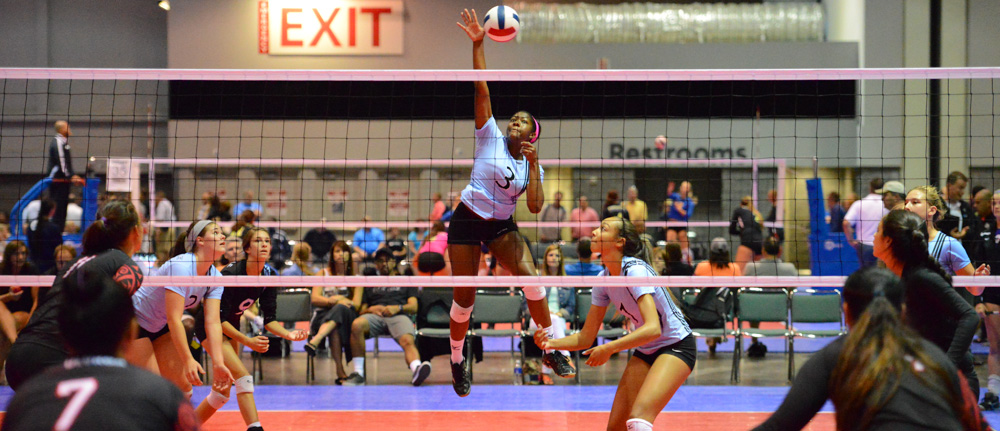

Below are two accessory lifts that further develop principles from the four basic lifts.
Bent Over Rows are the inverse of the bench press, and are an excellent "pulling" exercise to balance the "pushing" trained in the overhead and bench press. Instead of lying on a bench and pushing weight away from you, you will be bending over a barbell and pulling weight towards you. Like the deadlift, it builds the posterior chain and spinal stability while adding a component of arm strength.
The setup for Bent Over Rows is essentially the same as the deadlift. Using the same top-down technique, first stabilize the spine, engage the core, and tilt forward at the hips as far as possible towards the barbell with hands shoulder-width apart.
Again, it is imperative to keep your back tight and flat throughout the setup. If you lack the necessary range of motion in your hips to grab the bar with a flat back, flex your knees and lower your hips to reach the bar when necessary.
Once you are gripping the bar using an overhand or hook grip, engage your lats, and generate torque in your shoulders by thinking "break the bar". As in the deadlift, your body should then be fully engaged, with torque in your hips and shoulders and tension throughout your posterior chain as you prepare to lift.
While maintaining a neutral spine, pull the barbell towards your chest, then lower the barbell back to the floor. As weights get heavier, you may be tempted to bounce with your knees to lower your chest to the bar and finish your reps. As long as you maintain spinal alignment this form of cheating isn't necessarily dangerous. However, it does indicate that you have reached the limit of your strength and are no longer pulling with your upper body. Try to keep your legs and hips as quiet as possible throughout the lift.
Another variable in the bent over row is your torso elevation, which is set by the amount of hinging at the hips. Depending on hip and posterior chain mobility, you should strive for a torso that is as close to parallel with the ground as possible. However, as you lower your torso by flexing your hips and knees, be alert to the position of you lumbar spine/lower back. You will know that you have reached end range hip flexion when your lumbar spine "breaks", or loses its alignment. Ensure that your chosen amount of hip flexion is comfortably within your range of motion so you can keep your spine stable at all times during the lift.
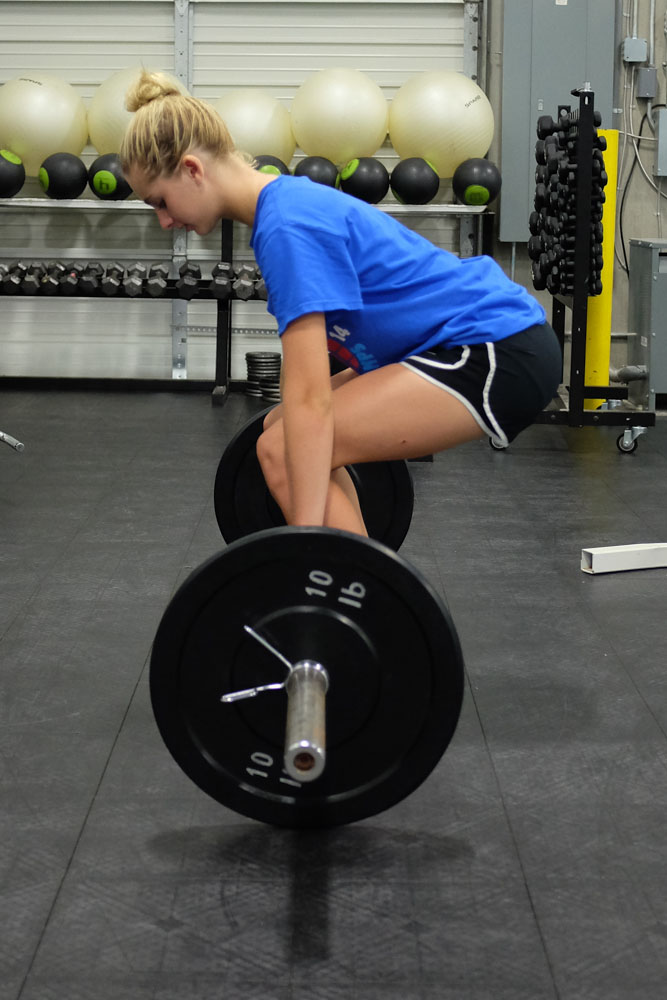
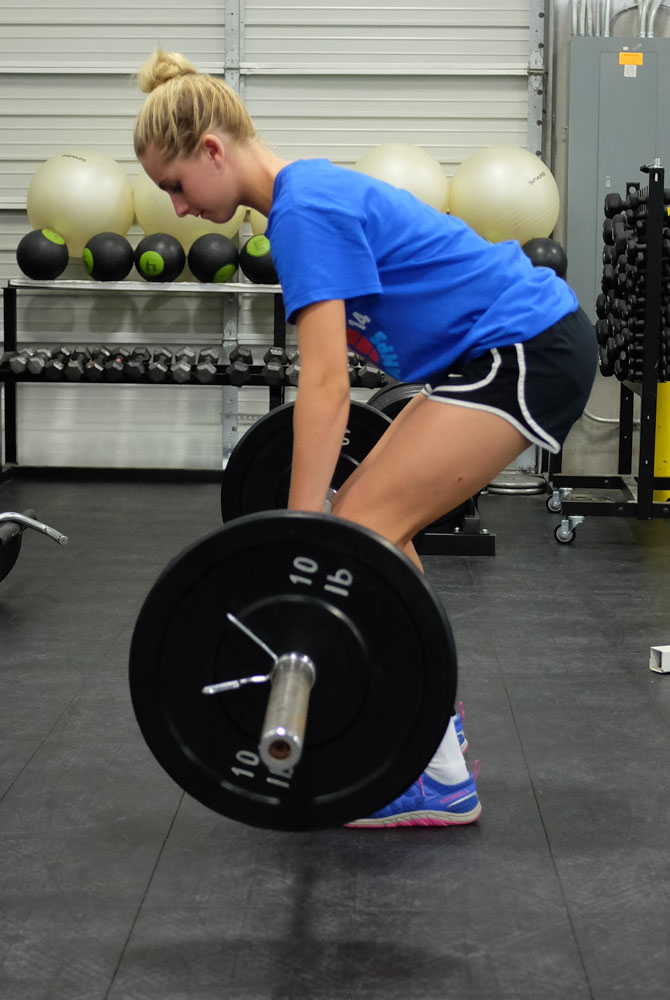
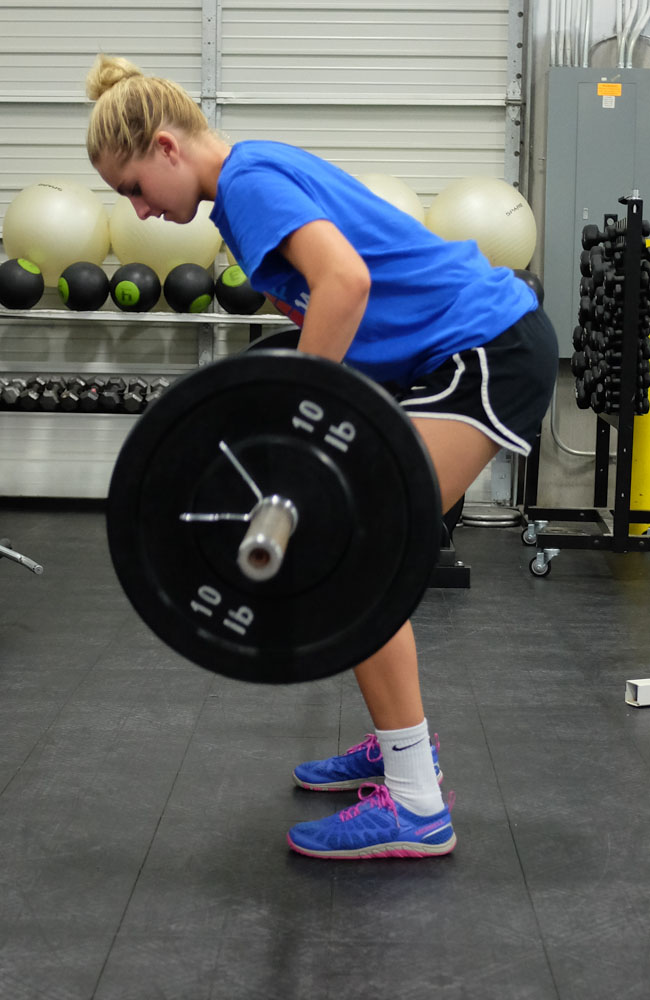
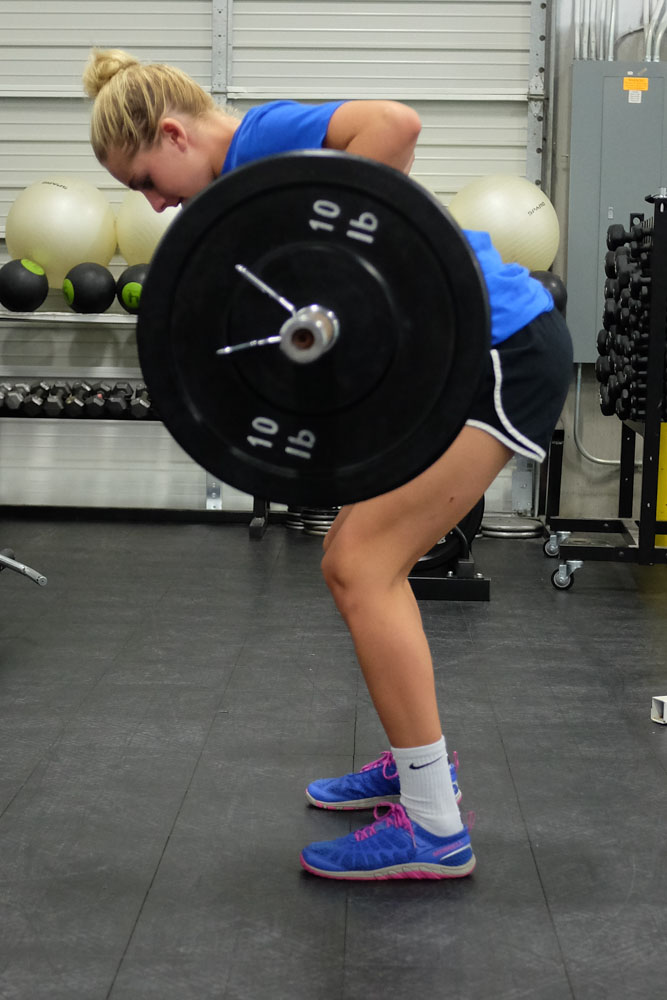
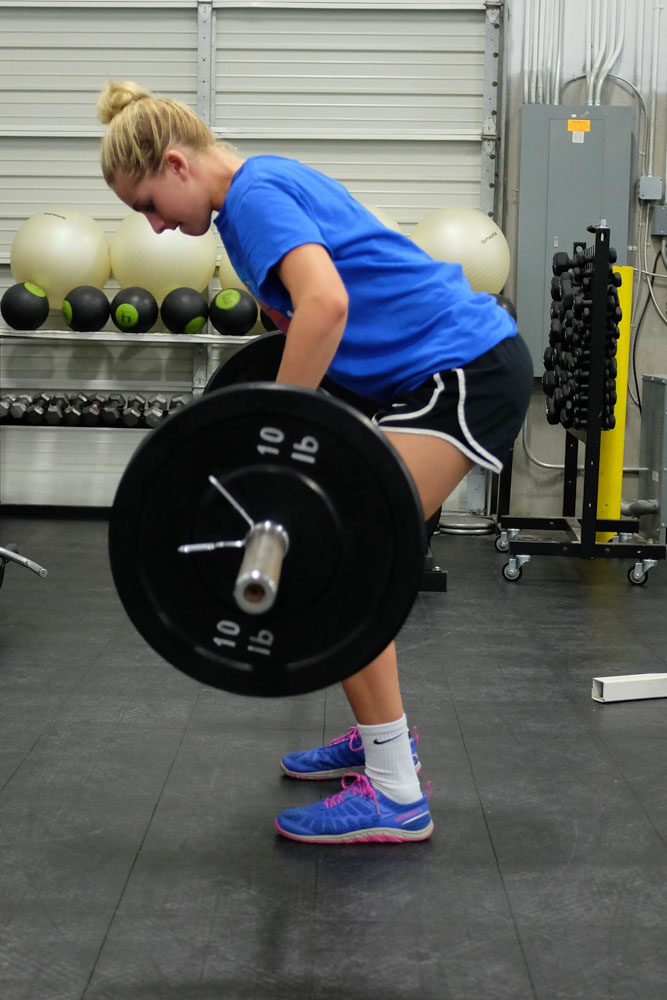
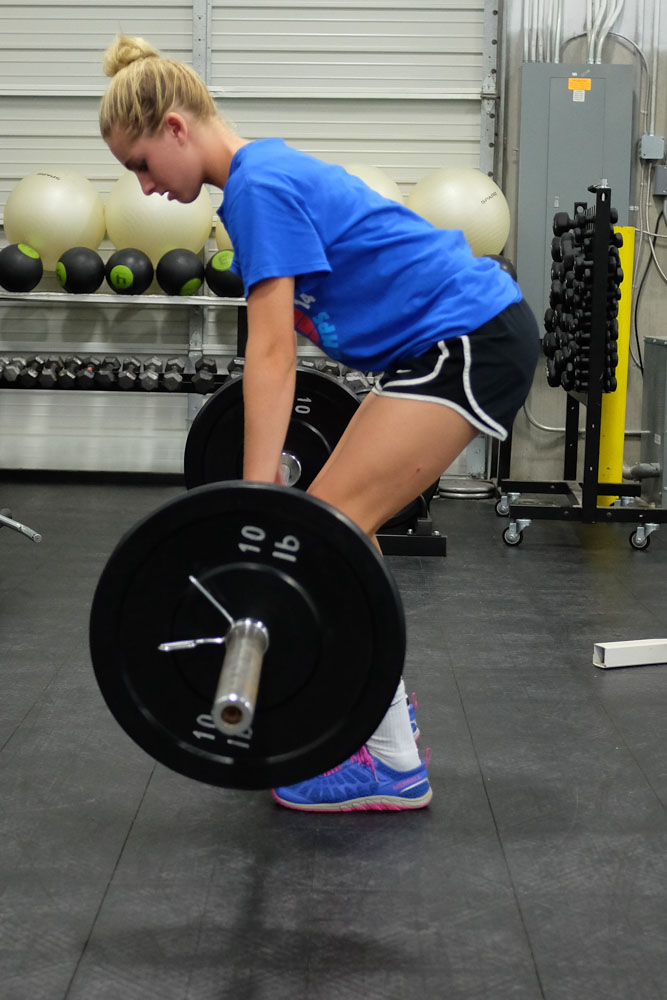
Lunges combines upper and lower body strength and mobility, with both elements of the squat and overhead press. You should be familiar with a basic lunge, and you should already be familiar with the concept of not allowing your forward leg's knee to move past your toes while lunging. Now hopefully you understand why this detail is so important – learning to move while minimizing translational stress between the femur and tibia is critical to protecting your ACL!
The lunge with overhead dumbbells adds an additional balance, strength, and mobility component by having you carry dumbbells above your head with your arms fully extended and your shoulders in an externally rotated, stable position.
While performing these lunges, you should seek to combine the stability lessons you've learned in the squat and overhead press:
1. Begin with and maintain proper spinal alignment by keeping >= 80% tension in your abdominal muscles
2. Generate external rotation in your forward hip to prevent valgus knee or ankle collapse
3. Think "armpits forward" to keep your shoulders in their externally-rotated, stable position
You should start practicing lunges without weights initially, and just holding your hands above your head to test your balance. You may find it necessary to pause in the middle of each lunge, when your feet are together. However, as your balance improves, you should strive to lunge continuously through each step, only pausing when you are ready to turn around and complete your set.